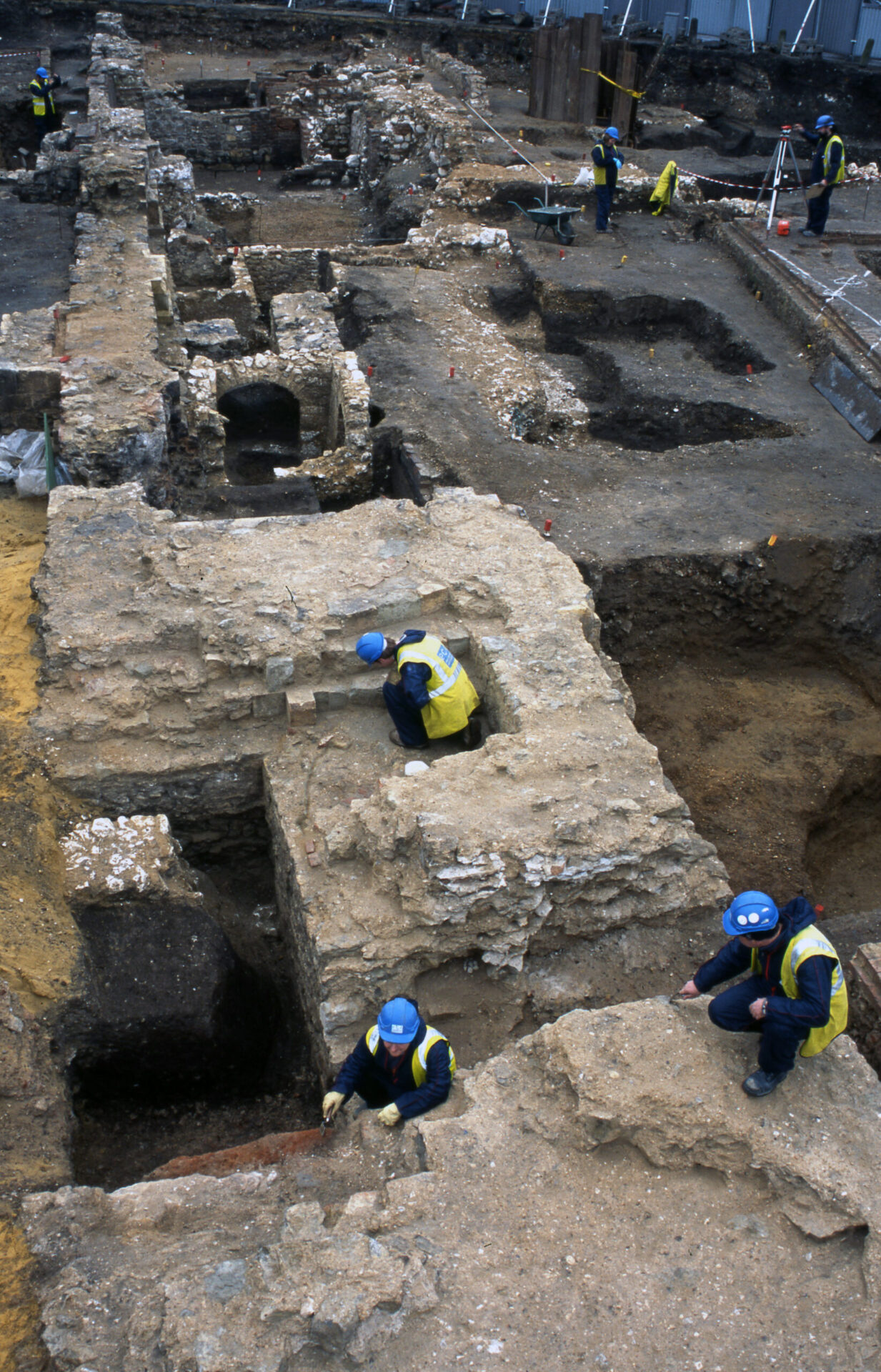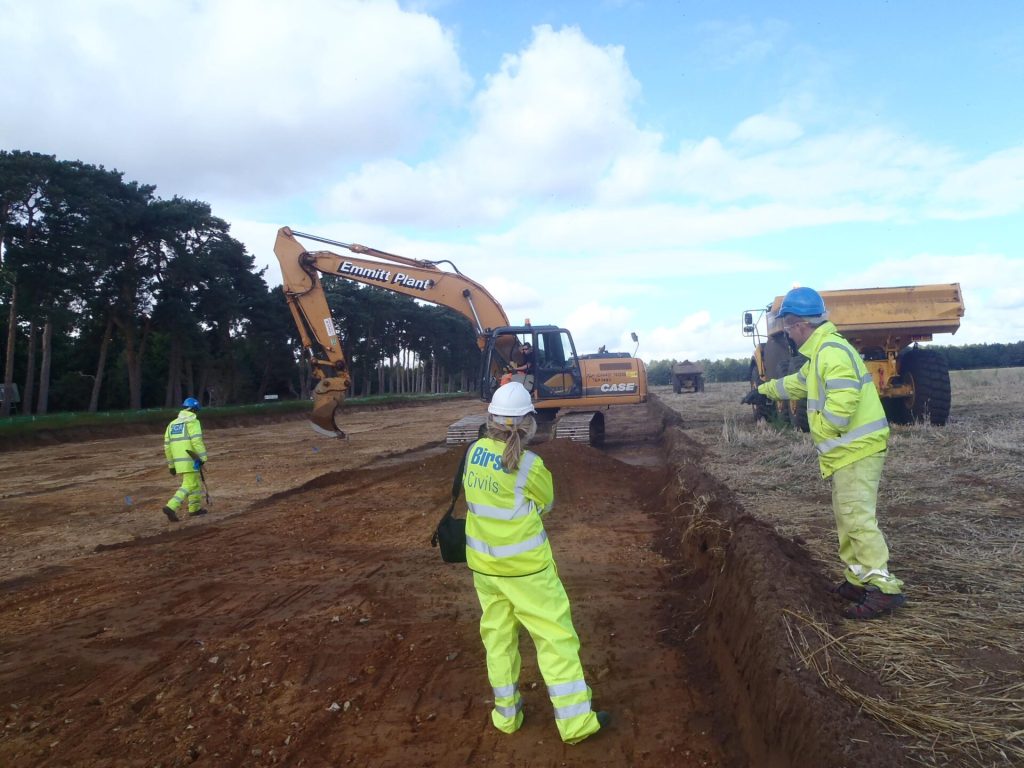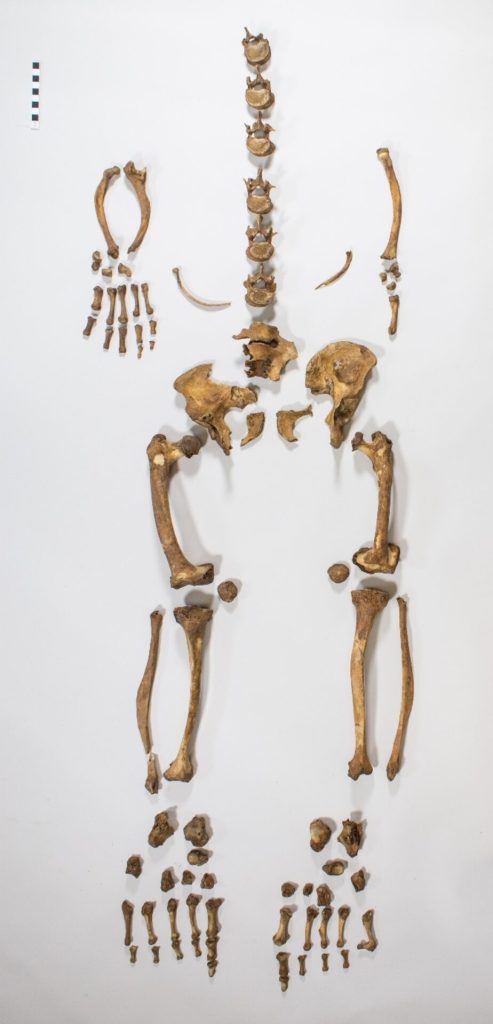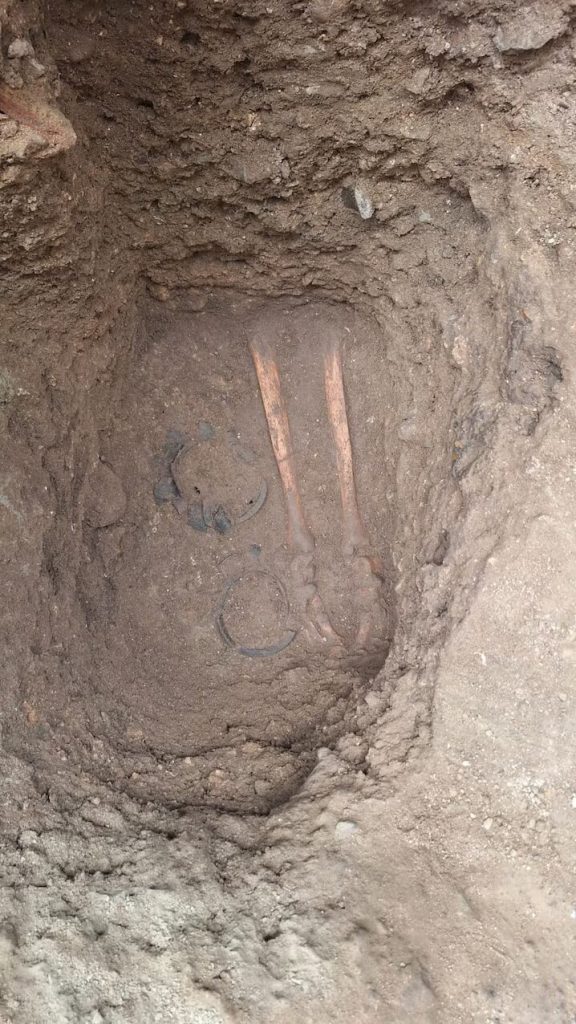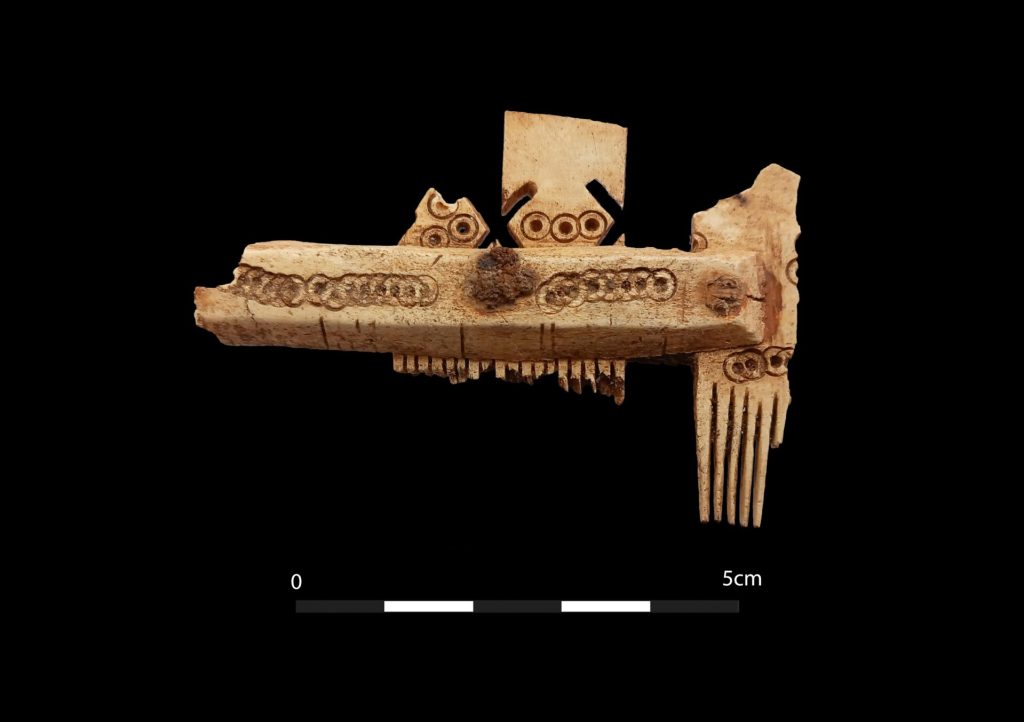
Pre-Construct Archaeology is one of UK’s largest archaeological companies, with seven regional offices across the country. We have been delivering professional heritage services for more than 30 years, working on some of the largest and most complex sites in Britain.
We are looking to recruit supervisors for our Winchester offices.
PCA offers a competitive salary and a range of attractive benefits, including a pay banding structure that allows for career progression. All successful candidates will undergo a probationary 3-month period, after which, given satisfactory performance, they will be offered a further contract, work permitting.

About the job:
Location: Winchester
Working week: Monday to Friday 37.5 hours per week, usually 8am – 4 pm
Salary range:
Supervisors – starting at £31,148,57
.
Supervisors
Responsibilities:
- Excavation and recording of archaeological features and deposits to a high quality
- Supervision of small teams
- Machine watching
- Site survey
- On site liaison with clients and contractors
- Preparing written account of undertaken field work (grey literature reports)
General Requirements:
- Degree in Archaeology or related subject (e.g. History, Classics, Geology etc.)
- Ability and willingness to work on site in all kinds of weather
- Excellent oral and written English, basic maths skills are essential
- Willingness to learn new skills
- Good teamwork
- Excellent punctuality and timekeeping
- Attention to detail
- Commitment to PCA’s health and safety policies at all times
- Eligible to live and work in the UK
- Ability to meet deadlines while maintaining excellent quality of work, mindfulness of project budget
- Computer literacy (MS Office package, databases, knowledge of graphic programs such as Auto Cad, QGIS, Illustrator etc. will be advantageous)
- Minimum two years of fieldwork experience in the UK
- Experience in report writing is desirable but not essential
- Experience in GPS surveying is desirable but not essential
- Full clean UK driving license and willingness to drive company vehicles
Our employee benefits:
- Friendly and supportive work environment
- 28 days of annual leave (including bank holidays and an extra 3 days for Christmas, if employed over the Christmas period), rising on service length
- £22.50 per night subsistence when working away from home and high-quality accommodation provided
- High quality PPE and site welfare provision– the safety of our staff always comes first
- Mental Health First Aiders
- Cycle to work scheme
- Flexible working
- Christmas vouchers
- H&S training relevant for your role will be provided and paid in full (SSSTS, First Aid, Asbestos Awareness, CAT and Genny etc.)
- Chartered Institute for Archaeologists (CIFA) subscriptions paid in full
- Paid mileage if using own vehicle (subject to eligibility)
- Annual appraisal and pay progression opportunities
- Company pension scheme
How to apply:
Please email your CV and covering letter to Ruta Jatkonyte, HR Assistant: RJatkonyte@pre-construct.com
Please state on your application which role you are applying for and describe your suitability by referring to the requirements listed above. If successful you will be asked to attend an interview at our Winchester offices.
PCA is committed to a comprehensive equal opportunities policy in which individuals are selected and treated on the basis of their relevant merits and abilities without regard to race, religion or belief, colour, sex, age, national origin, disability or sexual orientation. All applicants with the relevant qualifications and experience are welcome to apply for this opportunity. Please be advised that you must hold the right to work and live in the UK in order to apply for this job.
PCA follow all current guidelines regarding SOP and take the safety of our staff as paramount – advice is up to date with government guidance and site-specific RAMS are available.
Please be advised we are expecting a high volume of applications, and therefore cannot commit to responding to all emails. In accordance with our GDPR policy, we will not keep unsuccessful applicants’ details or CVs on our system, unless you expressly request that we do.
Closing date: 05/12/2025










